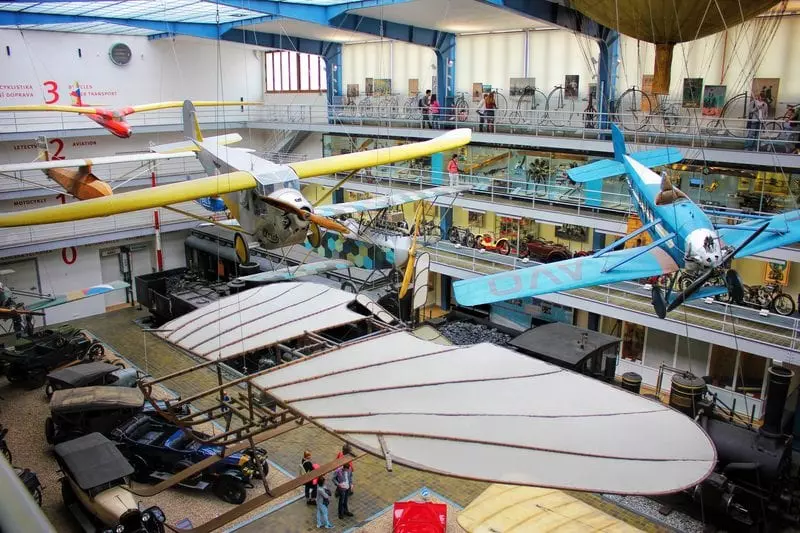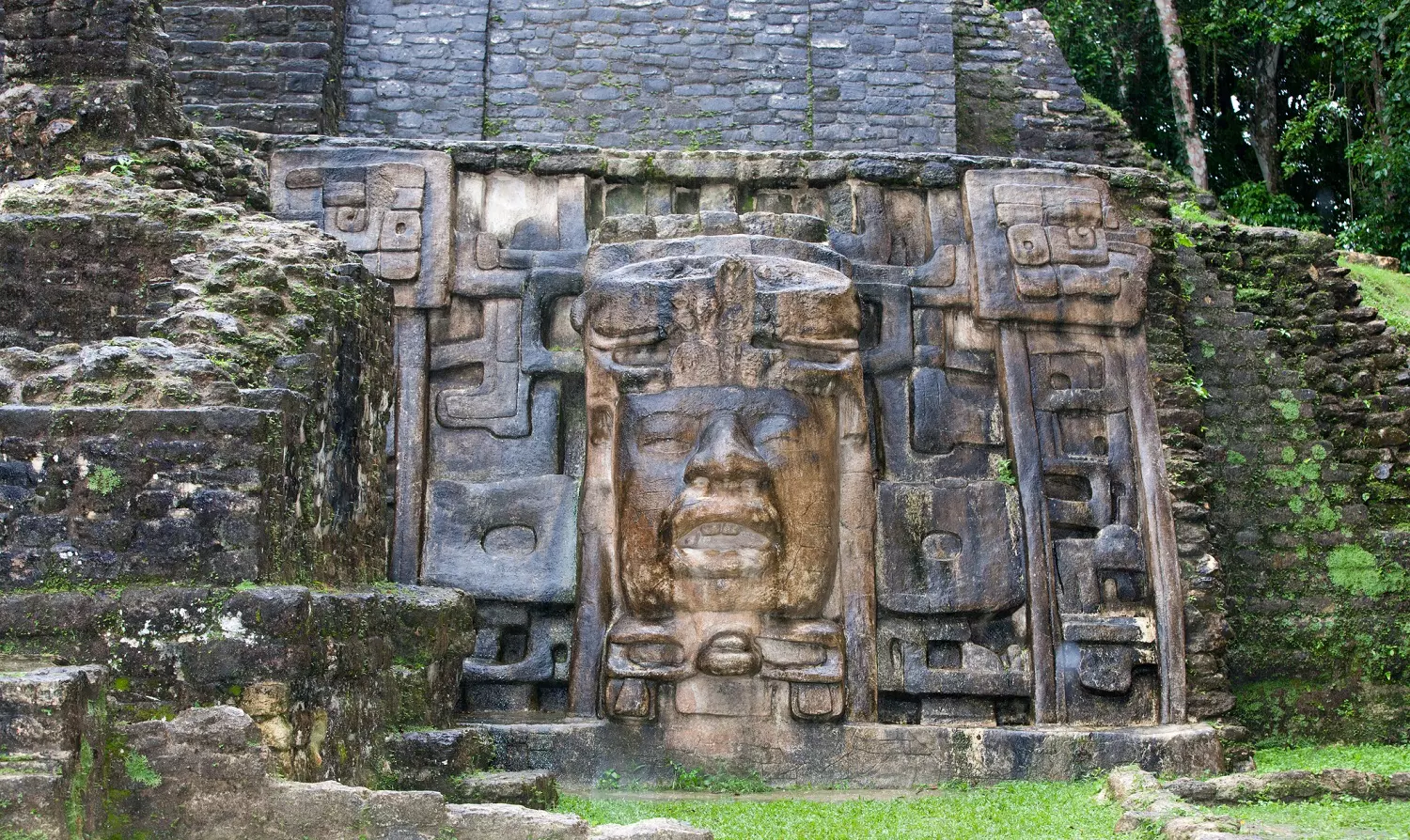Originally published as The Regression of Early Civilizations on the Underground Paradigm
Some of the people who lived 3000 to 4000 years ago built pyramids and other megalithic buildings. They traveled in ships to various places around the world in search of minerals and natural resources. They made calendars that showed the correct length of a solar year. They obtained minerals such as iron and copper from smelting furnaces. They measured the earth, surveyed it, and made accurate maps of the earth.
The “official” explanation for the origin of mankind is evolution from an apelike animal over long periods of time and further gradual evolution of cave men until modern humans emerged. Technology is thought to have evolved in the same way, with one discovery building on another, such that stone tools and wooden clubs were eventually replaced with metal tools and devices.
However, the existence of massive pyramids, accurate ancient maps of various places around the world, and accurate calendars are a few of the remains of ancient civilizations that don’t fit the evolutionary explanation.
The first pyramids were huge, well designed, and required advanced skills in engineering and mathematics. There is no evidence of smaller, simpler pyramids that existed first.
The Inca and Maya Indian ruins to the west of the Atlantic Ocean show strong similarities to civilizations on the east side of the Ocean. Massive pyramids, other architectural buildings, styles of art, mathematical systems, and writing systems have too much in common to attribute them to chance. Ancient inscriptions, coins, statues, and other artifacts referring to Egyptian, Phoenician, or African Olmec cultures have also been found west of the Atlantic. These facts lead to a logical conclusion that ships navigated across the ocean at an early time in history.
There is no doubt that the Mayans were expert astronomers. They were able to calculate the length of a solar year. They also recognized that the sun traveled in a predictable pathway through the galaxy.
The Egyptians, Phoenicians, Olmecs, Incas, Mayans, and many other ancient civilizations consisted of some highly intelligent people who had advanced skills in engineering, mathematics, writing, navigation, mapping, and probably in other areas as well.
A logical explanation for these facts is to assume the pre-Flood civilizations achieved very advanced levels of technology, and their scientific and technological achievements were lost during the Flood. However, the survivors of the Flood and their descendants were able to recover a portion of this knowledge and apply it as the first early civilizations were organized and built. These people were very intelligent, physically fit, and lived extraordinarily long lives.
We have seen in the past few centuries how rapidly technology can advance. For example, some of the older people who watched the first astronauts walk on the moon also remembered seeing the first airplanes as children. Newer, better versions of computers and smart phones change dramatically even from year to year. It should not come as a surprise that highly intelligent people 4000 years ago made similar advances in technology over a period of a few hundred years.
A common factor in the regression of each of these civilizations and many others at the time was the rejection of their Creator and the worship of pagan gods. Many of them exchanged science-based astronomy for superstition and astrology. They came to depend on signs in the heavens for daily living. They sought the blessings of pagan gods by making sacrifices to them. Some of them even began to offer human sacrifices, including their own children at times. In the process of turning away from their Creator, they also lost the legitimate scientific and engineering knowledge they had in the beginning.
The history of many of these early civilizations is a short period of rapid growth in science, mathematics, and technology, followed by a period of regression and loss of knowledge. It was not until a few hundred years ago that there was another period of rapid growth of scientific knowledge and technology.
How would you explain the building of the near perfect pyramids of Egypt and the existence of accurate calendars and maps from ancient people?






